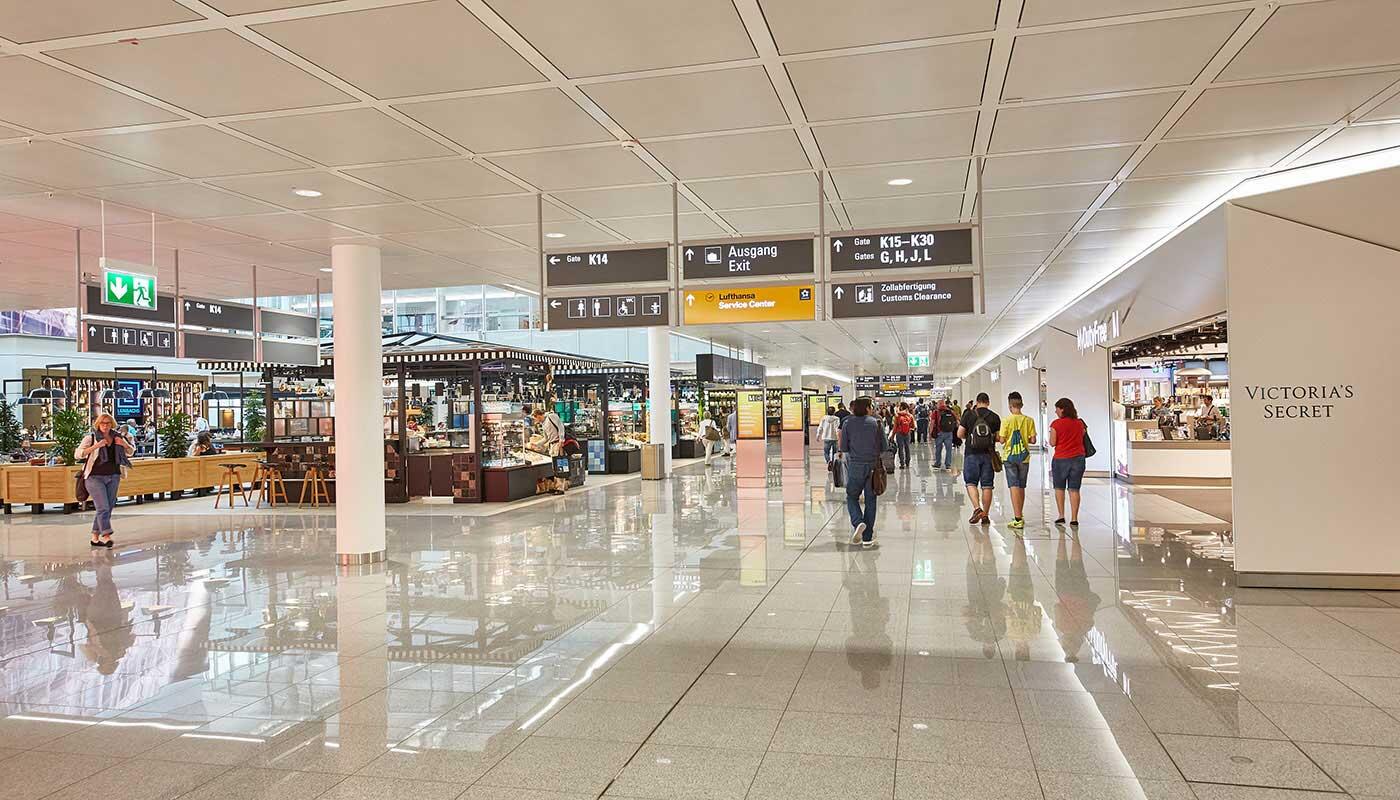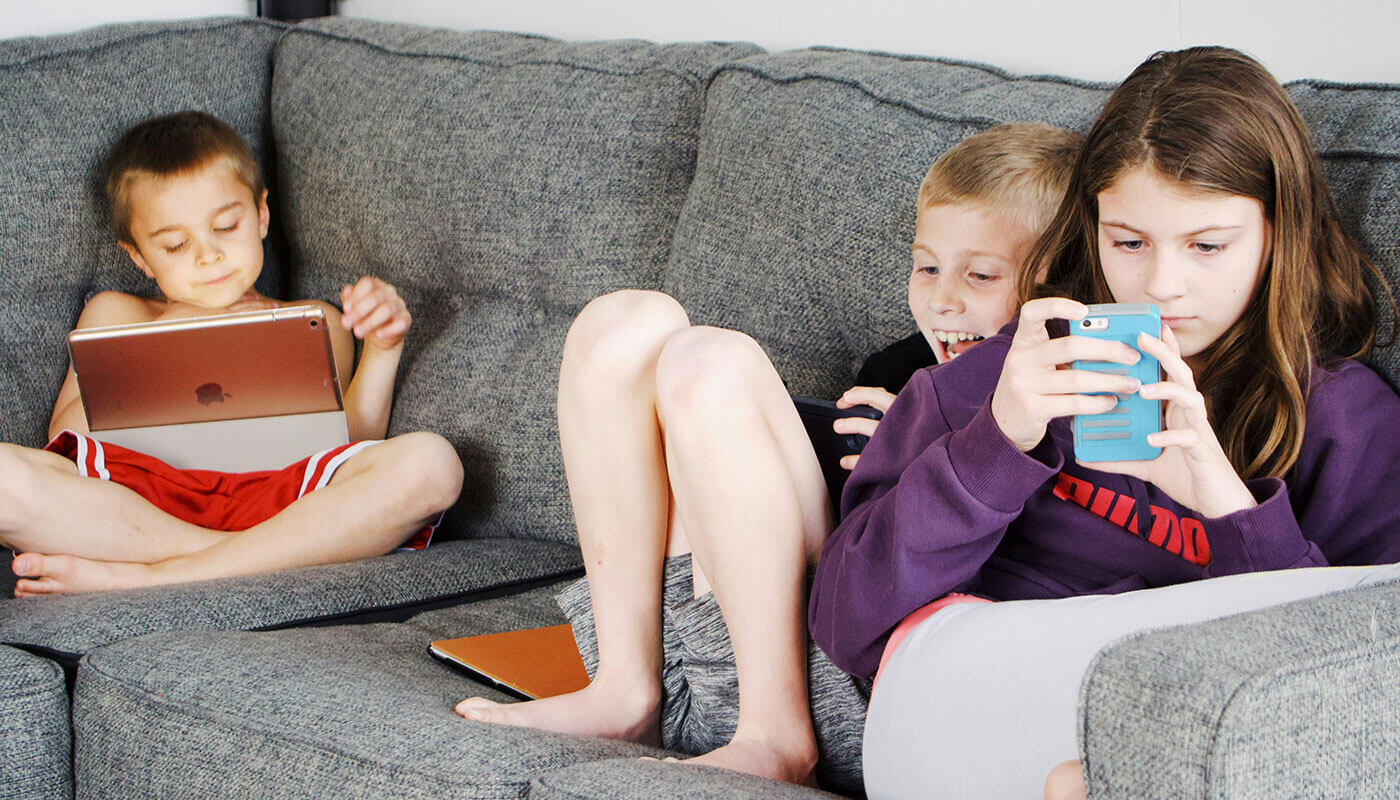March 2024
In the dynamic landscape of consumer behavior, certain shopper demographics often fly under the radar of mainstream attention. In recent years, especially post-Covid, there has been a notable transformation in consumer preferences and shopping habits, driven by various factors such as technological advancements, changing societal norms, age groups and economic fluctuations.
This article is an attempt to identify such shoppers whose needs, preferences and experiences remain largely unexplored by airports while curating immersive shopping experiences for their passengers. By analyzing their requirements and expectations, this article will explore how airports can monetize on catering to such groups.





